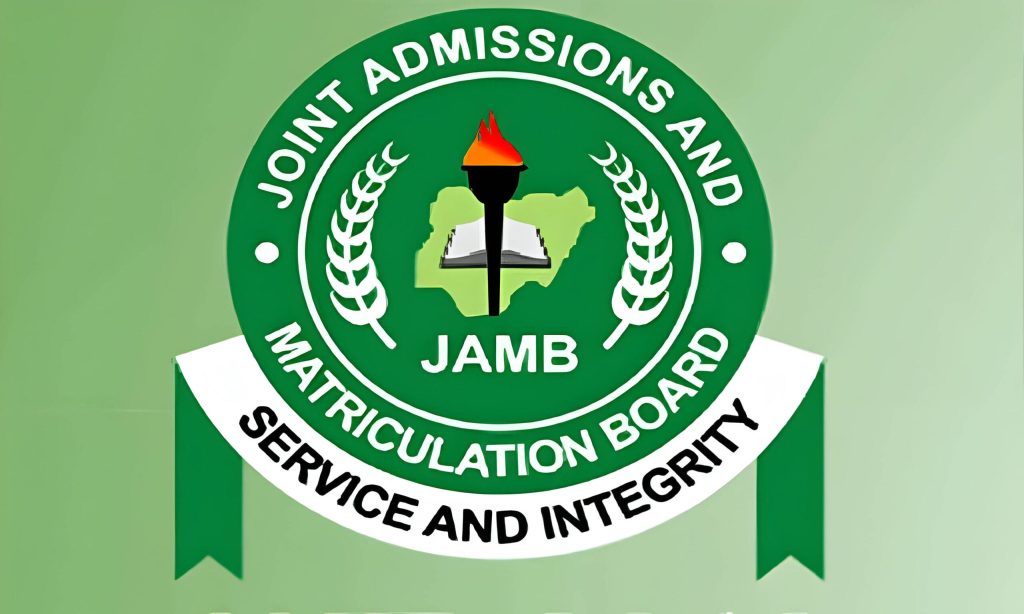On the evening of January 29, 2025, a mid-air collision occurred over Washington, D.C., involving an American Airlines passenger jet and a U.S. Army Black Hawk helicopter. The crash resulted in both aircraft plunging into the icy waters of the Potomac River, with authorities reporting no expected survivors among the 67 individuals on board.
Details of the Collision
The American Airlines Bombardier CRJ700, operating as Flight 5342, was en route from Wichita, Kansas, carrying 60 passengers and four crew members. As it approached Ronald Reagan Washington National Airport around 9:00 p.m., it collided with a U.S. Army Black Hawk helicopter conducting a training mission with three military personnel on board.
Immediate Aftermath and Rescue Efforts
Following the collision, both aircraft crashed into the Potomac River. Emergency response teams, including over 300 first responders, were dispatched to the scene, contending with frigid temperatures, strong winds, and icy water conditions. Washington Fire Chief John Donnelly announced the transition from a rescue to a recovery operation, stating, “At this point, we don’t believe there are any survivors.” As of the latest reports, 28 bodies had been recovered, including one from the helicopter.
Investigation and Air Traffic Control Communications
The cause of the collision remains under investigation. Preliminary reports indicate that both aircraft were on standard flight paths under clear night conditions with good visibility. Audio recordings from air traffic controllers revealed repeated attempts to confirm visual contact between the helicopter and the passenger jet. Moments before the collision, controllers instructed the helicopter to “pass behind” the plane. An air traffic controller was heard saying, “I just saw a fireball and it was gone,” following the failed communication.
Victims and Community Impact
Among the victims were several athletes, coaches, and officials from U.S. Figure Skating, as well as Russian pair skaters Evgenia Shishkova and Vadim Naumov, the 1994 world champions. The loss has deeply affected the figure skating community and the broader public.
Official Responses and Public Statements
American Airlines CEO Robert Isom expressed profound sorrow over the incident, stating, “We don’t know why the helicopter came into the path of the plane.” President Donald Trump criticized air traffic control procedures, questioning why the helicopter did not maneuver to avoid the collision and suggesting that the incident was preventable.
Historical Context and Airspace Considerations
The airspace around Washington, D.C., is among the nation’s most congested and tightly regulated, with numerous military and civilian flights operating daily. This incident is reminiscent of past tragedies in the area, including the 1982 Air Florida Flight 90 crash into the Potomac River. The collision raises concerns about air traffic control protocols and the challenges of managing such a busy airspace.
Ongoing Investigation
The Federal Aviation Administration (FAA) and the National Transportation Safety Board (NTSB), in collaboration with the U.S. Army, have launched a comprehensive investigation into the collision. The focus will be on understanding the sequence of events, communication between air traffic control and the involved aircraft, and any potential mechanical or human factors that contributed to the tragedy.
Conclusion
The mid-air collision over Washington, D.C., stands as a somber reminder of the complexities and risks inherent in aviation. As the investigation unfolds, authorities aim to uncover the causes of this disaster to prevent future occurrences and to honor the memory of those who lost their lives.













